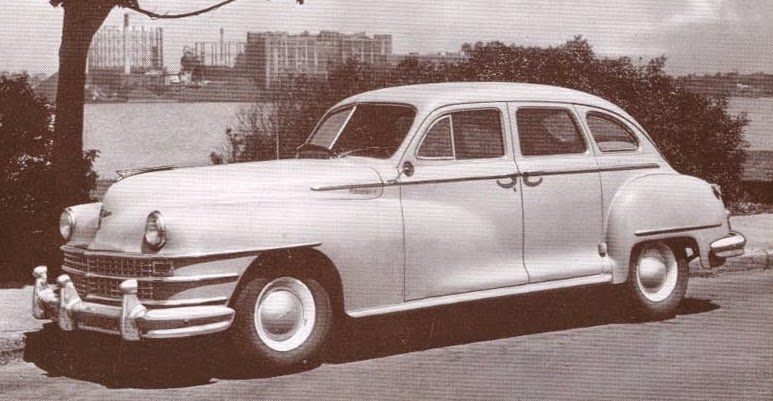Such is the case of the Subaru SVX coupe, built 1991-1996. According to the link, the car was an early Subaru attempt to move up-market. The idea was to produce a sporty coupe with good performance, and they hired one of the best styling consulting firms in the business to provide the design.
This leads to the "What Were They Thinking?" factor. That's because the design firm was that of ace stylist Giorgetto Giugiaro. What was Giugiaro thinking when he either drew the design or signed off on it? And what were Subaru executives thinking when they approved Giugiaro's proposal?
The problem has to do with the design of the doors and side windows. The window frames are set high on the passenger cabin and the main window glass is strongly curved to blend the sides of the cabin with the top -- especially on the rear quarters. This results in an airy effect and plenty of fenestration for passengers to view the passing scene, though a greenhouse effect would also likely be enhanced.
But such large, strongly curved windows could not be retracted into the doors, yet there was a need for the driver and passengers to open windows for various purposes including handing over money to a toll taker. Giugiaro's solution was to have smaller, supplemental, roll-down windows placed within the confines of the overall side window ensemble.
The design result was an odd appearance and roll-down windows that seemed inconveniently small to many potential buyers. A more serious result so far as Subaru was concerned was that the SVX was a sales flop. The top Wikipedia link above states (as of May 2015):
"Total sales of the SVX numbered 14,257 in the United States and a total of 24,379 worldwide. 2,478 SVXs were sold in Europe (with 854 headed directly to Germany and 60 to France). Roughly 7,000 of all SVXs sold were right-hand drive models. Included in this number were the 249 vehicles sold in Australia, at a cost between approx. A$73,000 to A$83,000. 5,884 units remained in Japan.
"As an investment, Subaru actually lost $3,000 on every Subaru SVX sold, for a total loss of around $75,000,000 on this project."
































